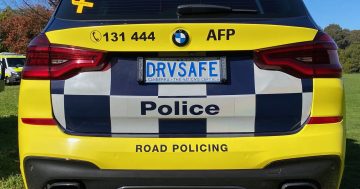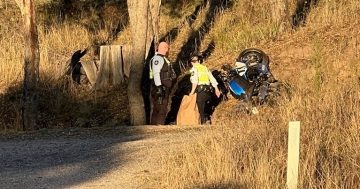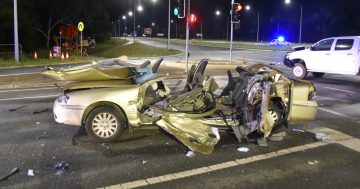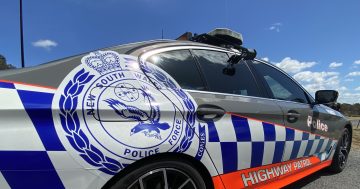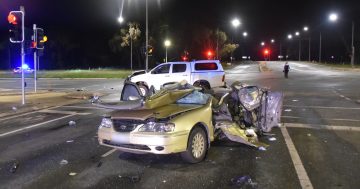
Young drivers aged 15-29 and drivers over 75 are over-represented in Canberra road crashes that cause injury, according to the 2016 ACT Road Crash Report released today.
There were 7,911 reported crashes on ACT roads last year resulting in 748 injuries – including 11 fatalities and 110 hospital admissions.
The percentage of fatalities per capita is less than the national average but there are concerns that vulnerable road users such as cyclists, pedestrians and motorcyclists make up around a third of those injured or killed.
ACT Road Safety Minister Shane Rattenbury urged Canberrans to commit to the Government’s ‘Vision Zero’ approach to road safety which focuses on these vulnerable road users, as well as speed management, impaired and dangerous driving and driver distraction.
“Although there were fewer deaths and serious injuries on our roads in 2016 compared to the previous year, it is not a cause to celebrate. Eleven people lost their lives and that is heartbreaking,” Mr Rattenbury said.
“I am really concerned that Canberrans read these statistics and only see the numbers. Vision Zero means that no fatality is acceptable, given the enormous emotional costs to families and the community when a person is involved in a serious accident.
“I urge all Canberrans to consider Vision Zero. Together, we can keep our community safe on our roads.”
The report states that four of the 11 fatalities and 222 of those injured were vulnerable road users such as cyclists, pedestrians or motorcyclists. These figures represent 36 per cent of fatalities and 30 per cent of injuries that occurred last year.
The report also highlights that younger drivers in the ACT (aged 15-29 years) and provisional drivers continue to be disproportionately represented in crashes involving injuries.
Drivers aged 15-29 years represented 34 per cent of vehicle controller injuries despite making up around 25 per cent of licence holders.
In the same vein, ACT provisional drivers represented 7 per cent of drivers involved in fatal crashes and 11 per cent of injury crashes – despite comprising around 6 per cent of licence holders.
The report also states that drivers aged over 75 years were over represented in crashes involving injuries (7 per cent) in proportion to the number of licence holders in that age group (5 per cent).
In crashes where the vehicle controller was injured, 75 were drivers aged 65 years or older, representing 13 per cent of all vehicle controller injuries. This is the highest number of injuries recorded for this age group over the last 10 years.
The report states that the ‘rear-end’ collision was the most frequent type of road crash in 2016 – accounting for 45 per cent of all crashes.
However, the ‘right-angle’ collision was the main cause of the severest type of crashes. This type of collision accounted for 24 per cent of all injuries despite being the cause of only 14 per cent of all crashes.

ACT road crashes in 2016 according to severity and accident type. Source: ACT Government – ACT Road Crash Report.
The report indicates that the ACT continues to record the lowest annual road fatalities per 100,000 population among all Australian states and territories. However, it makes the point that these figures do not account for injuries and fatalities involving Canberra drivers across the border.
“A study by Australian Road Research Board (ARRB) for the NRMA-ACT Road Safety Trust found that in the period 2006–2010 ACT vehicle controllers were involved in 55 fatal crashes and 1,188 injury crashes in NSW – demonstrating that the effects of road trauma on the ACT community are not solely confined to ACT roads,” the report states.
The 2016 ACT Road Crash Report is available at www.justice.act.gov.au.
What can be done to reduce the number of young drivers and old drivers having crashes on Canberra roads? Can we do more to protect cyclists, pedestrians and motorcyclists on our roads? Let us know your thoughts in the comments below.












